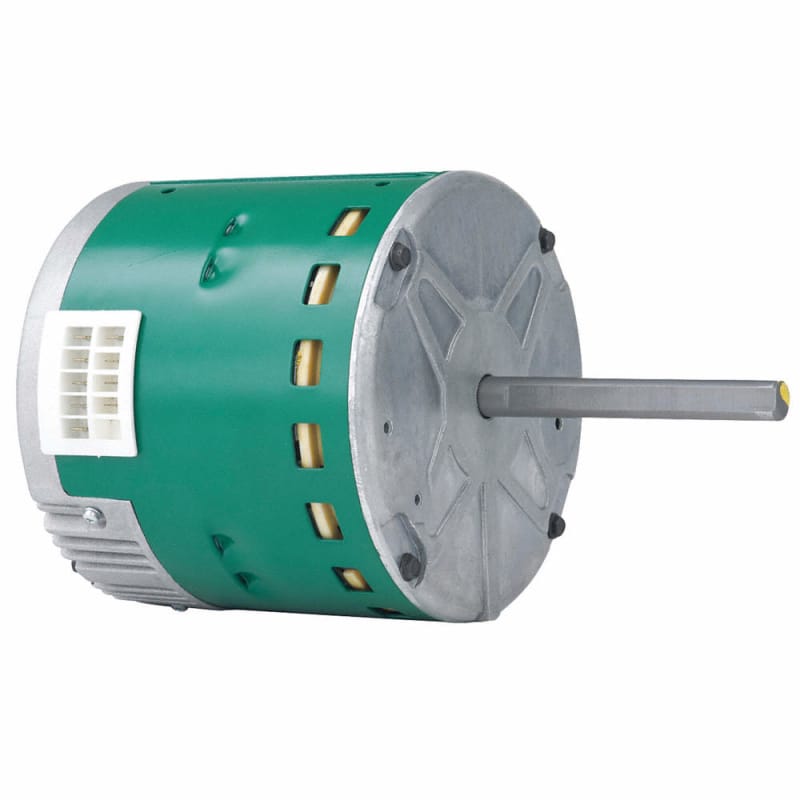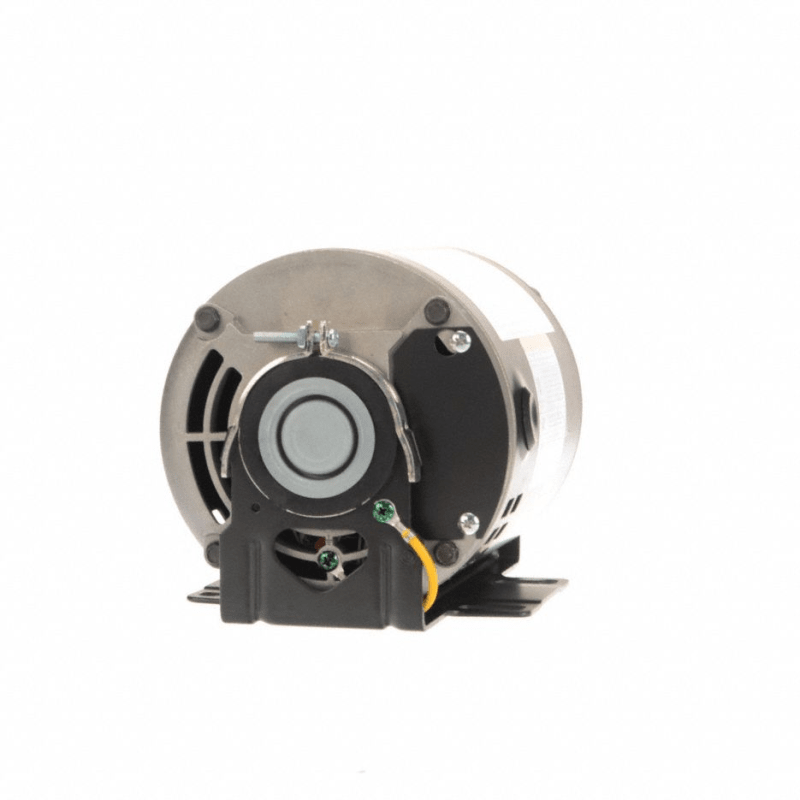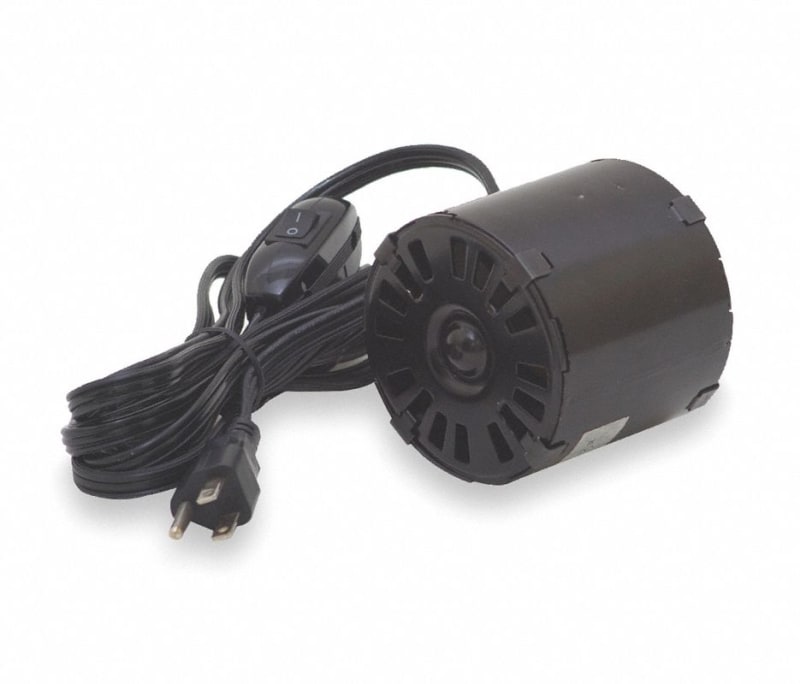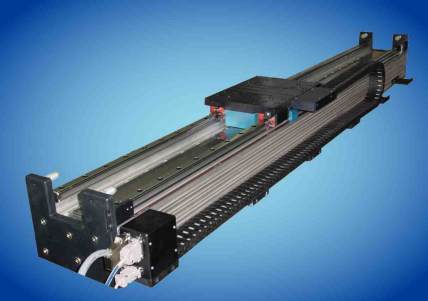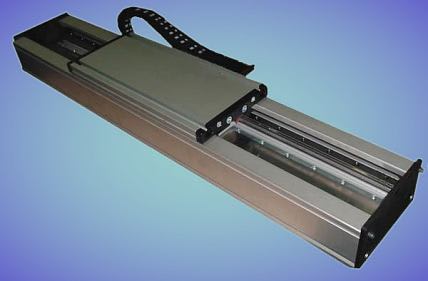Hi everyone,
I am wondering about the difference between connections made in a terminal box as opposed to the connections in a dedicated connector. As a mechanical engineer this really isn't my cup of tea, but I'm trying to understand this requirements behind the two different situations to be able to make design choices.
What puzzles me is that for terminal boxes like in this image both CSA and UL standards require a certain amount of air volume in the box (123 cc total or 24 cc per conductor).

When you use a connector such as these from TE to make the same electrical connection (same voltage/amp requirements) there is no air volume requirement.
So why is this the case? And might it be allowed to use the principles of the terminal box (screw a conductor to a terminal) while circumnavigating the air volume requirement by for example closing off the connection terminals to a similar degree as in a connector?
Before you ask why I would want this; standard connectors in the required rating are too large for our purpose, but terminal blocks aren't.
I hope someone can help me make sense of this.
Thanks!
I am wondering about the difference between connections made in a terminal box as opposed to the connections in a dedicated connector. As a mechanical engineer this really isn't my cup of tea, but I'm trying to understand this requirements behind the two different situations to be able to make design choices.
What puzzles me is that for terminal boxes like in this image both CSA and UL standards require a certain amount of air volume in the box (123 cc total or 24 cc per conductor).

When you use a connector such as these from TE to make the same electrical connection (same voltage/amp requirements) there is no air volume requirement.
So why is this the case? And might it be allowed to use the principles of the terminal box (screw a conductor to a terminal) while circumnavigating the air volume requirement by for example closing off the connection terminals to a similar degree as in a connector?
Before you ask why I would want this; standard connectors in the required rating are too large for our purpose, but terminal blocks aren't.
I hope someone can help me make sense of this.
Thanks!

